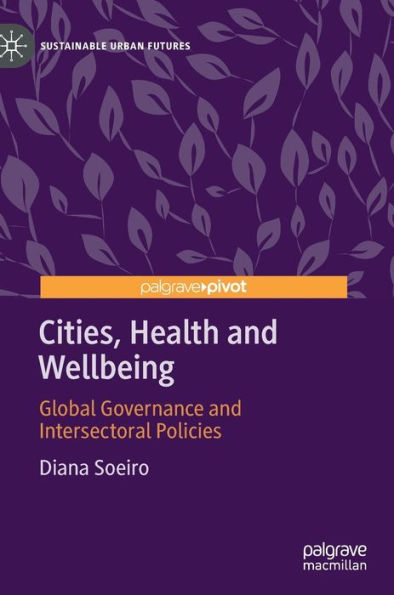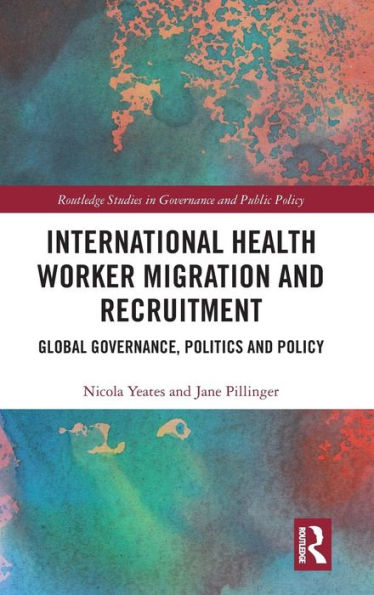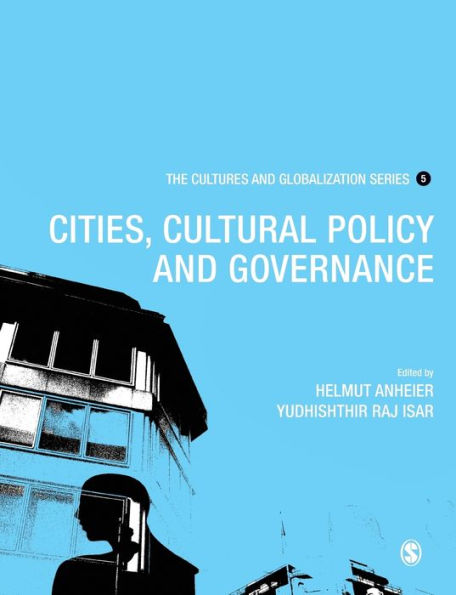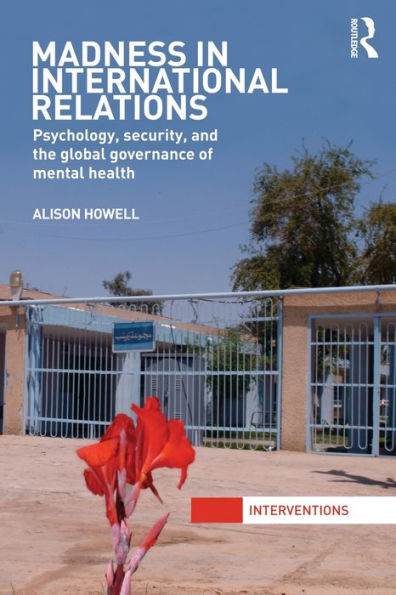Home
Cities, Health and Wellbeing: Global Governance and Intersectoral Policies
Loading Inventory...
Barnes and Noble
Cities, Health and Wellbeing: Global Governance and Intersectoral Policies
Current price: $64.99


Barnes and Noble
Cities, Health and Wellbeing: Global Governance and Intersectoral Policies
Current price: $64.99
Loading Inventory...
Size: OS
*Product Information may vary - to confirm product availability, pricing, and additional information please contact Barnes and Noble
On 25 September 2015, the United Nations General Assembly unanimously adopted Resolution 70/1, “Transforming our World: the 2030 Agenda for Sustainable Development”. Also known as 2030 Agenda, the document lays out 17 Sustainable Development Goals (SDGs) in the realm of ecology, society and economy. The current book focuses on three of these goals: SDG 16: Peace, Justice and Strong Institutions; SDG 3: Health and Wellbeing; SDG 11: Cities and Sustainable Communities. It is critical that interdisciplinary approaches go one step further and translate more effectively into intersectoral policies. This is particularly vital when it comes to urban planning and health. This book address the key question:
In the context of a growing influence of European Union policies at a national level, can SDGs simultaneously contribute
to harmonising sectoral policies and promoting
intersectoral policies?
Claiming a growing convergence between health and spatial planning, the main goal of the book is to formulate an answer to the following question: how can policymakers translate the SDGs effectively into public policies in order to improve cities, health and wellbeing?
In the context of a growing influence of European Union policies at a national level, can SDGs simultaneously contribute
to harmonising sectoral policies and promoting
intersectoral policies?
Claiming a growing convergence between health and spatial planning, the main goal of the book is to formulate an answer to the following question: how can policymakers translate the SDGs effectively into public policies in order to improve cities, health and wellbeing?

















